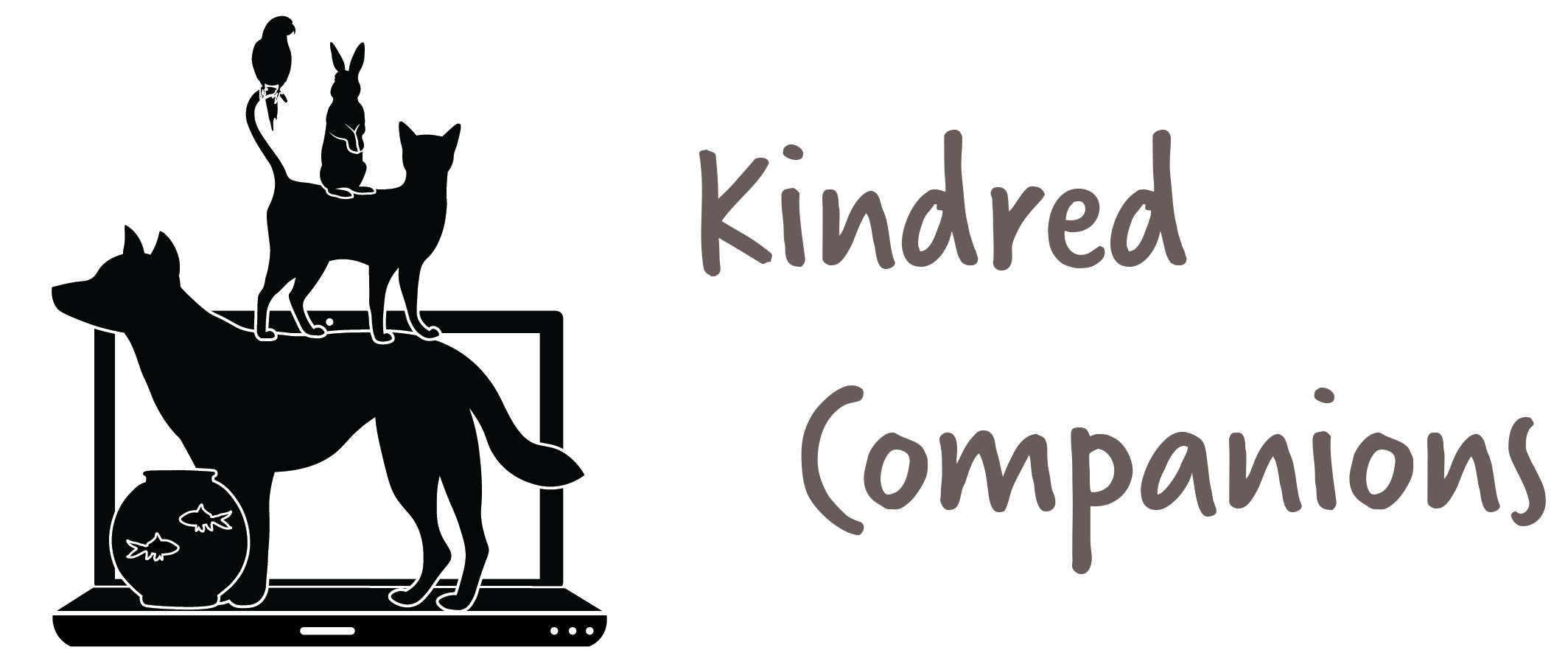Choke Collars: Just 'cause you can doesn't mean you should
Thank you to all the readers who have kept up with this series. At the bottom is a link to all the previous topics and further topics to come.
Today the topic is choke collars. Also called choke chains, slip chains, slip collars, show collars, fur savers, etc, this training tool is a classic that has been around almost as long as dog training. They are still the go to tool for some trainers and still seem to be a traditional go to for many owners. They are very simple in design, usually just a length of chain or nylon with a ring at either end. There are a few other more complicated models that I will get to later.
USE
To use a choke collar the length of material is fed through either of the two rings. Then the large loop you have just created is placed over the dog's head and around the neck. When placing the collar over the dog's head, it should make a "P" shape. This is important because this direction allows for the collar to loosen. If done incorrectly the collar will remain too tight around the dog's neck if they pull or a correction is given. This will create much discomfort for the dog and make using the collar correctly, impossible.
A choke collar is used as a training tool to tell the dog, via quick tightening and release on the neck, that they have done something wrong. To make the tool work correctly, the collar must be placed high on the dogs neck, just under the chin, behind the jaw and ears at the top of the neck. The reason for this is because this is the softest and more sensitive part of the neck while lower down the neck is protected by muscle.
There are some choke collars on the market created to prevent the collar from moving out of the optimum location described above. These include the "illusion collar" and the "dominant collar". The "illusion collar" was designed by Cesar Milan's company and uses nylon straps to position the collar up the dogs neck, preventing it from sliding down. If you thought choke collars were controversial, the "dominant collar" designed by Leerburg is something that might make you a bit uncomfortable. The "dominant collar" is a choke with a ring at one end, a ring along the nylon middle, and a clasp at the opposite end. The collar is designed to fit very snuggly so that it won't slide down. Unlike other chokes, this has a clasp as it will not fit over the dog's head. The purpose of the "dominant collar" is to not to give a light leash jerk correction, but instead to choke the dog by lifting the dog off the floor by the collar.
CAN OF WORMS
I'll be honest with you, I don't use choke collars. I did about 10 years ago when I had just started dog training but I stopped for a number of reasons. The first was over concern for the health of the dog. Repeated corrections done "correctly" to the soft tissue of the dog's neck can cause tracheal damage. This damage can be mild causing a mild cough or severe including tracheal collapse and suffocation. A dog died in a Petco dog training class from a choke collar. The cause of death was "postobstructive pulmonary edema (POPE) as a result of a 'choke' or 'restraint.'"
The second reason I don't advocate them is because most owners do not use them correctly. In the "show ring" dogs are stung up with them to keep their head high as they move. At best this is not teaching the dog anything and at worst is choking the dog and creating much discomfort. In the hands of the normal dog owner, dogs walk along choking themselves creating damage to their bodies and experience the world through a lens of mild suffocation. This is not how any animal should experience the world.
FINAL THOUGHTS
My final thoughts on this tool are rather simple. It is hard for me to paint a choke collar in a positive light. I mean sure, if nothing else you can hang a dog's tags from it. But in all other ways this tool is not beneficial to dog training in any real way. With so many other options that won't damage a dog to such a degree, do we really need a tool designed to choke and strangle?
All previous topics and future topics...
TOOLS: JUST CAUSE YOU CAN DOESN'T MEAN YOU SHOULD

